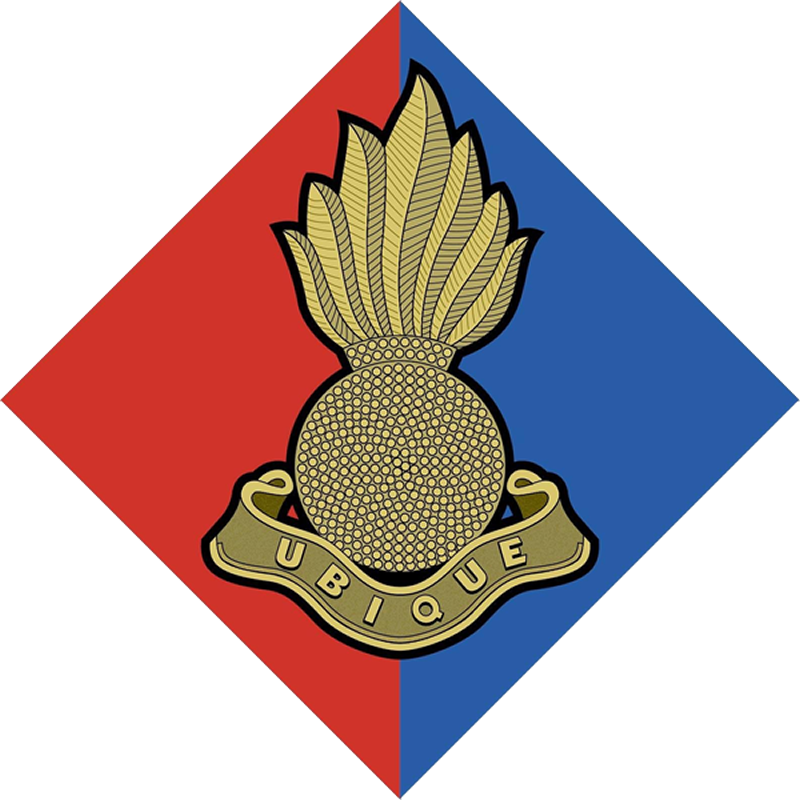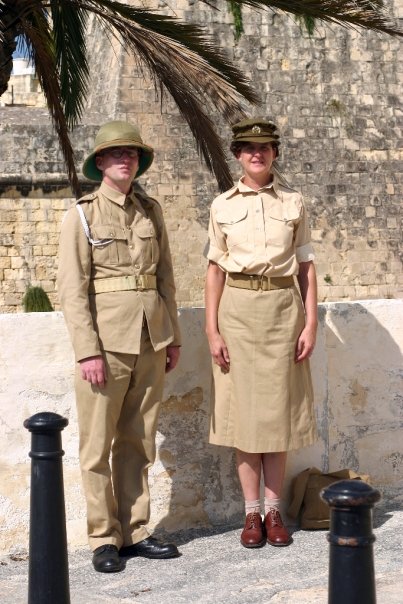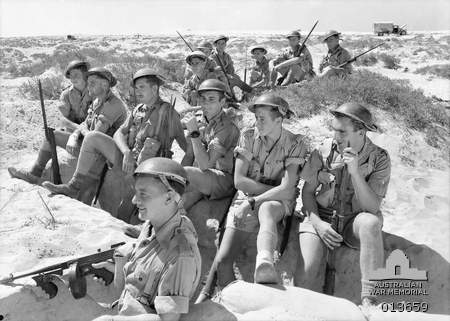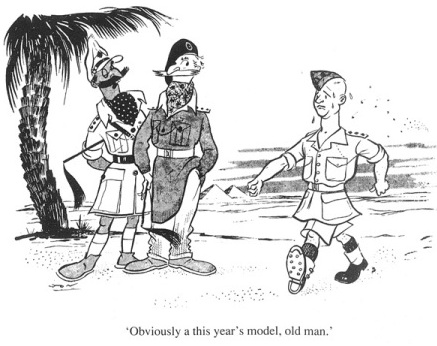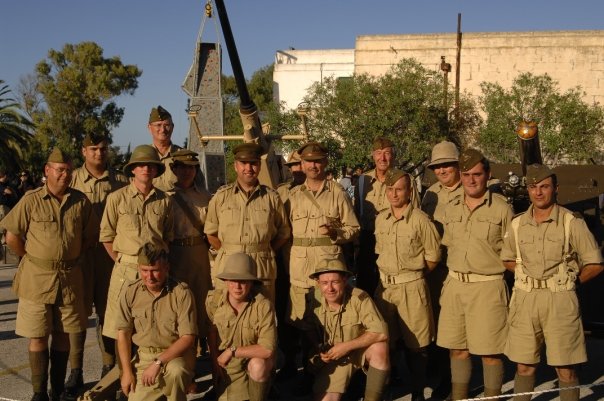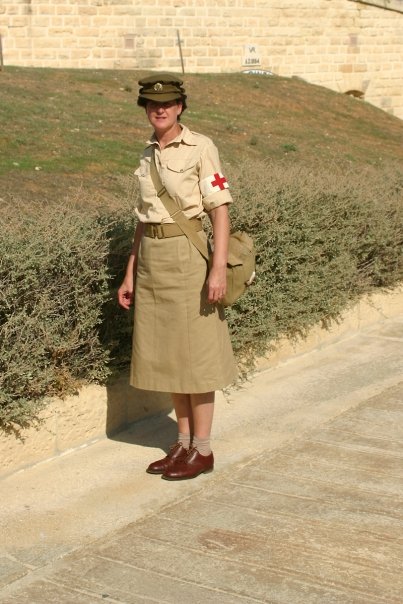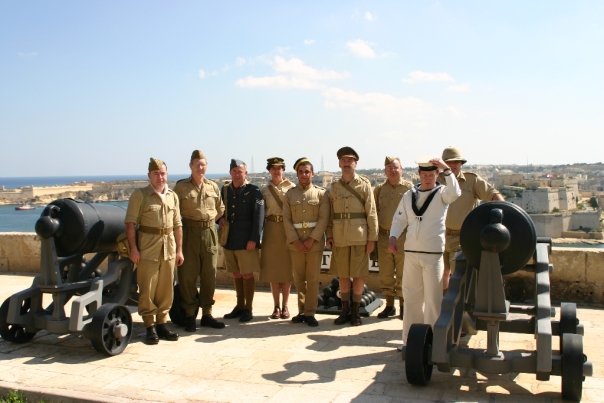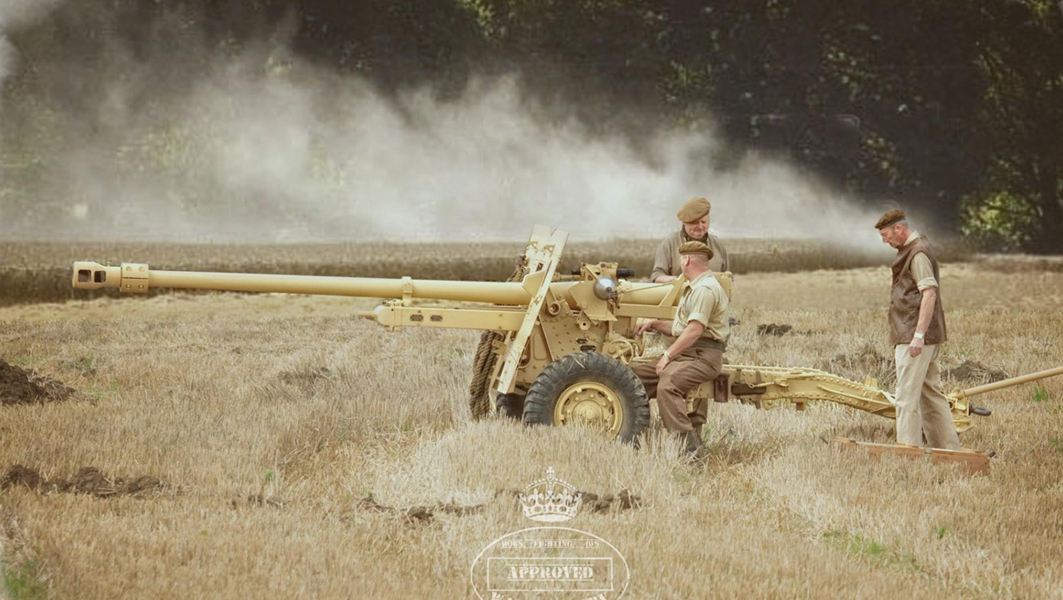
The scarlet woollen tunics worn up until then by British soldiers proved extremely impractical due to both the heat of South Africa, and the advent of the bolt-action rifle. For the British army, which spent much of the 19th and 20th centuries fighting colonial wars in tropical climes, the lightweight, neutral coloured (khaki is an Indian word for dust) cotton uniform quickly proved itself both practical and popular.
The first Khaki Drill uniforms copied army service dress, but these were soon joined by further garments more suitable for fighting in the field. By the outbreak of the Second World War, British soldiers, sailors and airmen serving overseas were being issued KD trousers, shorts and aertex shirts. As with battledress, the exact cut and style of these clothes altered subtly over the course of the war as changes were introduced, both to improve the design and use less fabric. From the start, KD proved itself a success. Not only was it comfortable to wear and easy to launder, when starched and pressed it also looked extremely smart. For these reasons KD remains popular with re-enactors, who are well served by a wide selection of relatively inexpensive reproduction items.
KD provided what is perhaps the most iconic image of the Second World War Tommy, the desert rat. Baggy KG shorts, knee-high socks and Ammo boots, an aertex shirt and tin hat. As the war in North Africa progressed, this practical uniform was further 'improved' upon as individual soldiers took advantage of increasingly lax dress regulations
During the North African campaign, dress regulations seem to have been relaxed due to the extreme conditions, and British soldiers were allowed a wide degree of latitude in what they wore. This resulted in what became know as 'desert style'. A mix of KD, woollen and private purchase civilian garments (particularly desert boots and corduroy trousers), desert style was typified by the popular 'Two Types' cartoon characters, famous for their idiosyncratic clothes and ubiquitous brew can. After victory in North Africa, many veterans of the campaign continued to dress 'desert style' as they fought their way through Sicily and Italy. Even Field Marshall Montgomery (himself a notoriously individual dresser) noted this phenomenon in his memoirs:
The men in back areas discarded all possible clothing and some even took to wearing the wide-brim Sicilian straw hat. I well remember an incident that occurred one day as I was driving in my open car up to the front. I saw a lorry coming towards me with a soldier apparently completely naked in the driver's seat, wearing a silk top hat. As the lorry passed me, the driver leant out from his cab and took off his hat to me with a sweeping and gallant gesture. I just roared with laughter. However, while I was not particular about dress so long as the soldiers fought well and we won our battles, I at once decided that there were limits. When I got back to my headquarters I issued the only order I ever issued about dress in the Eighth Army; it read as follows: "Top hats will not be worn in the Eighth Army".
And that seemed to sum it up nicely. When fighting in the desert, the Army wasn't overly concerned with what its soldiers wore (with the exception of top hats) provided they fought well.
The best introduction to the subject of KD is Martin Brayley and Richard Ingram's book Khaki Drill and Jungle Green: British Tropical Uniforms 1939-45 in Colour Photographs (ISBN: 978-1847971098) which is still in print and widely available.
